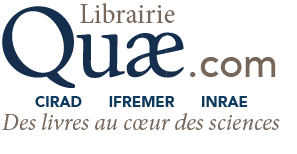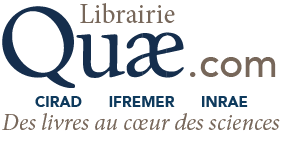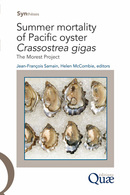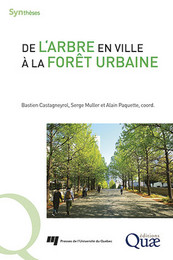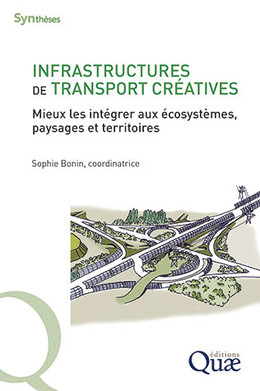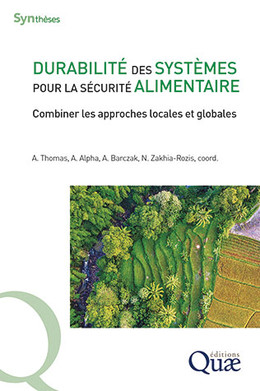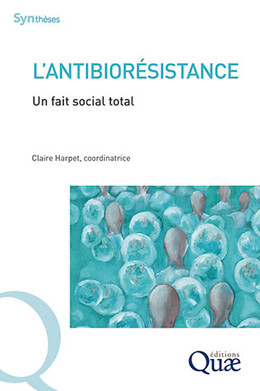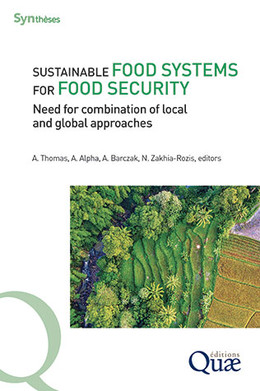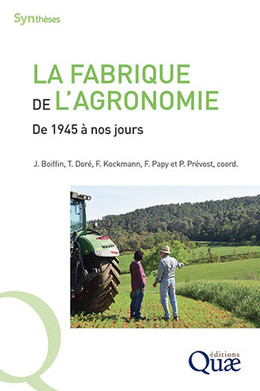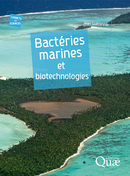Acknowledgements
Preface
I. Evaluation of summer mortality risk factors in shellfish farming ecosystems
Introduction
Monitoring bivalve mortalities at the national level
A historical analysis of oyster mortalities in France
Mortalities in the Morest study sites
Objectives of chapter 1
The thermal risk factor
Thermal characteristics of the study sites
Thermal dynamics and mortalities
Summary
The pluviometric risk factor
Pluviometric results at the national scale
Pluviometric results at the Morest study sites
Summary
The trophic risk factor
Relationship between mortality and trophic resources (quantitative aspect)
Relationship between mortality and trophic resources (qualitative aspect)
Summary
The sediment risk factor
The sedimentary risk in the study sites
Studies on the chemistry of the sediment in the study sites
Summary
Discussion–conclusion
Spatial and temporal variability of the environmental risks under study
The thermal risk
The pluviometric risk
The trophic risk
The sedimentary risk
Analysis of a combined environmental risk
2. Mortality risks associated with physiological traits of oysters during reproduction
Introduction
Materials and methods
Experiments performed under controlled conditions
Field experiments
Live material
Analytical methods
Gametogenesis, nutrition and mortalities
Metabolic needs in summer
Evolution in metabolic needs with changes in temperature
Evolution of metabolic needs during gametogenesis
The use of reserves over the summer period
Use of reserves at different temperatures
The use of reserves depending on the intensity of gametogenesis
The effect of age on use of reserves
Annual variation in glycogen enzymes
Reserves and mortality
Conclusions on reserve utilization
Nutrition and energy balance during summer
Analysis in controlled conditions
Field studies
Modeling energetic fluxes over gametogenesis
Immune deficiency in summer
Oyster hemocytes: multipurpose cells
Hemocyte parameters and temperature
Hemocyte parameters and reproduction
General conclusion
3. Oyster summer mortality risks associated with environmental stress
Introduction
Experimental stress studies
Effect of hypoxia
Effect of pesticides
Sources of disturbance and environmental stress examined with the ‘bottom-rack’ comparison model
Potential sources of toxicity from the sediment
Potential toxicity sources in water and quality of the nutritional environment
Relationships between distance from the sediment and stress in oysters in the ‘bottom-rack’ experimental model
Conclusion
4. The genetic basis of summer mortality in Pacific oyster spat and potential for improving survival by selective breeding in France
PART I. Study of the genetic basis of summer mortality resistance in juvenile Pacific oyster Crassostrea gigas over four generations of selection
Introduction: context and objectives
First generation: estimation of the genetic basis of spat survival in their first summer in the field
Materials and methods
Results from the first generation
Second generation: divergent selection for high and low survival of spat in their first summer in the field
Materials and methods
Results
Third generation: repeatability of the response to divergent selection for high or low spat survival in the first summer and expression of the character in triploids
Production of the G3 batches
Field study results
Fourth generation: repeatability of response to selection
G4 production
Studies on the G batches
Field survival performances in the second summer period
Survival of batches that spent two summers in the field
Survival of batches that spent their first summer in the nursery and their second summer in the field
Laboratory studies of spat survival performance and correlations with field data
Results of the laboratory experiments
Comparisons between mortalities in the field and the laboratory
Discussion and prospects for future research
Genetic basis vs.vertical transmission of a pathogenic agent?
Why is there so much genetic variation for resistance to summer mortalities in natural populations?
Prospects for future research
PART II. Towards Gigas+, a selection program to improve summer survival of the Pacific oyster Crassostrea gigas in France
A review of the use of selection methods for shellfish improvement worldwide
Introduction
The French shellfish industry
Genetic improvement methods used in France
Commercial selection programs
Points for the creation of a collaborative selection program to improve oyster summer survival in France: Gigas+


